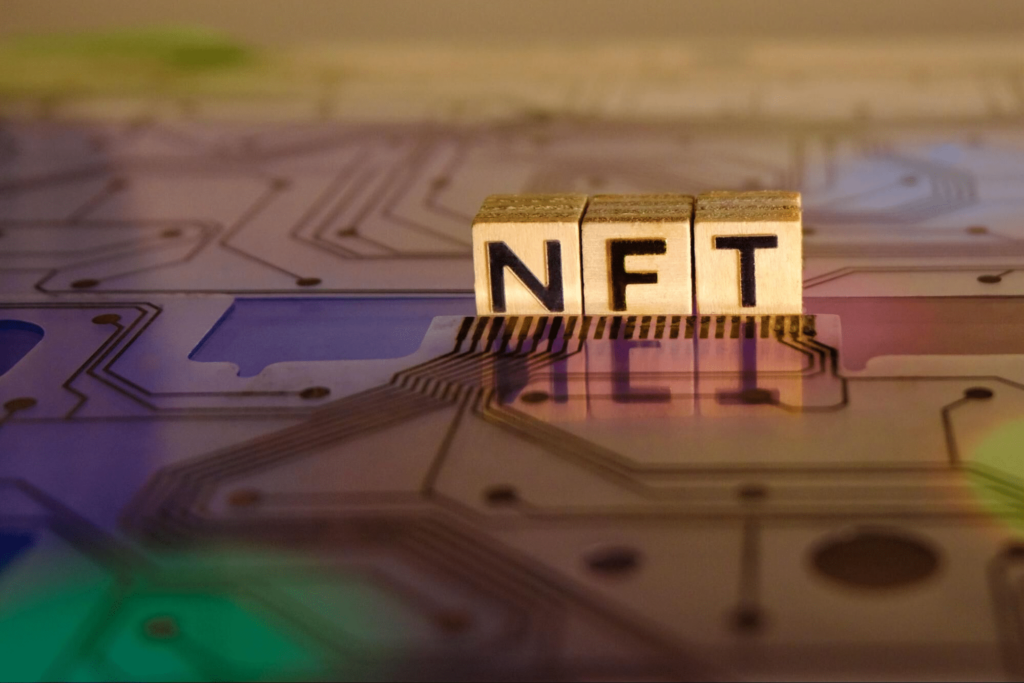Key Points:
- Daily NFT trading volume on major platforms falls below 5,000 ETH, as reported by NFTstats.eth.
- Azuki dips post Elementals launch, while Milady Maker defies the downturn with a 66% floor price rise.
- Amid waning interest, the NFT market faces uncertainty; analysts debate if the decline is a natural correction or a broader shift.
On August 28, NFTstats.eth, known for their research at PROOF, shared on a platform that the daily NFT trading volume on major platforms dropped below 5,000 ETH on August 27, marking the first instance in nearly two years.

In recent times, the NFT sector has seen a progressive wane in interest and engagement, with this decline intensifying over the past few weeks, impacting various aspects of the landscape.
Amidst this scenario, Azuki, a significant player in the arena, faced a dip, particularly after the Elementals’ launch.
Conversely, collections like Milady Maker defied the trend, boasting a remarkable 66% surge in floor price, as reported by Nansen. This growth positioned them alongside established tokens like the Mutant Ape Yacht Club.
This trend’s reverberations extended across the entire spectrum of NFT marketplaces. Once pivotal to market volume, Yuga Labs saw its impact recede. Total OpenSea fees over time echoed this, as Yuga Labs contributed to three of the top four projects, amassing over $100 million.
The NFT market, once defined by fervor and exponential growth, now faces uncertainty as participants grapple with this unexpected contraction. While their rapid rise captivated media and creatives globally, triggering a surge of investment and innovation, this downturn raises questions about the sector’s durability.
Analysts explore the causes behind this reversal. Some attribute it to a natural cooldown after the initial hype, suggesting the dip might signify a necessary correction rather than a total collapse.
As with any expanding market, growth, consolidation, and recalibration cycles are anticipated. This viewpoint indicates the current decline might be part of a broader market maturation process.
DISCLAIMER: The information on this website is provided as general market commentary and does not constitute investment advice. We encourage you to do your own research before investing.














